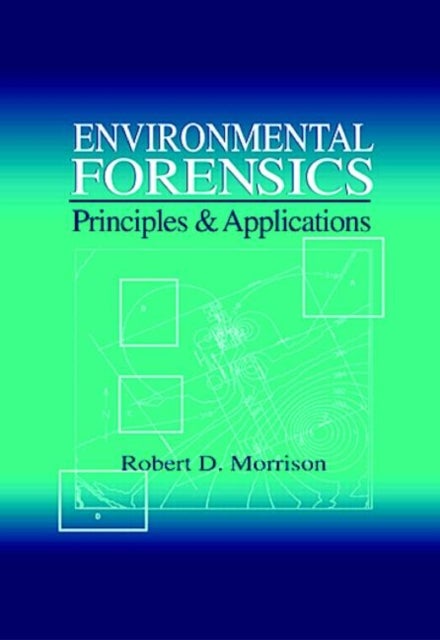
Environmental Forensics av Robert D. (Robert Morrison & Associates San Marcos California USA) Morrison
2209,-
Offering state-of-the-art techniques for both attorneys and environmental scientists, Environmental Forensics: Principles and Applications discusses non-chemical methods such as corrosion modeling, inventory reconciliation, and aerial photography interpretation. The book also covers chemical fingerprinting used to identify the origin and age of a contaminant release- relevant techniques include the use of radioactive isotope analysis, degradation modeling based on half-lives, and fuel additives such as MTBE.<BR>Environmental Forensics provides case study examples of environmental trial exhibits. It covers misused techniques that can bias the scientific validity of a trial exhibit, such as scale exaggeration, use of statistical manipulation, data contouring, and selective presentation.<BR>Detailed information is provided for identifying and interpreting those portions of environmental reports that are "target rich" sources of scientific biases. These include the identification of false








